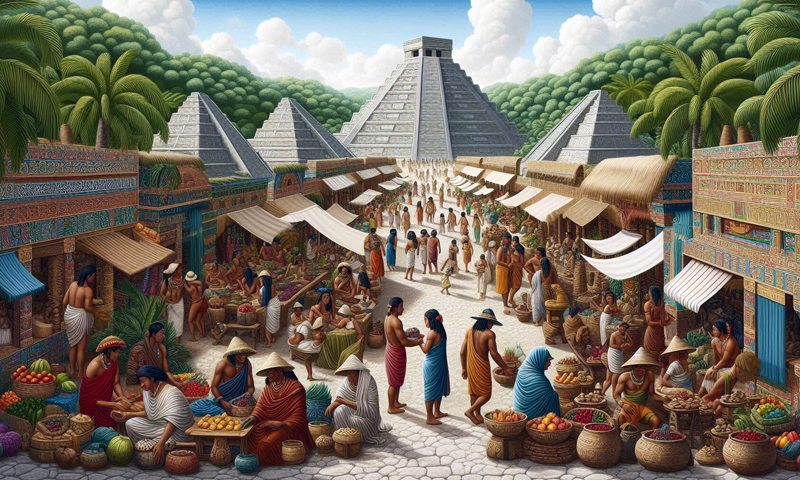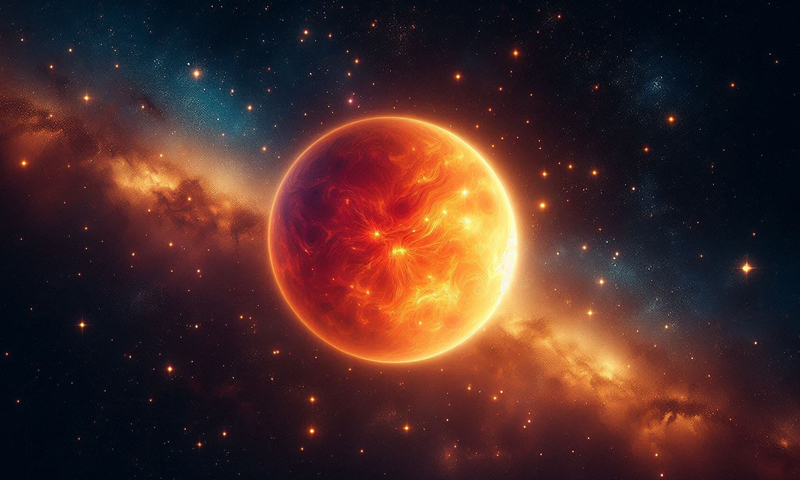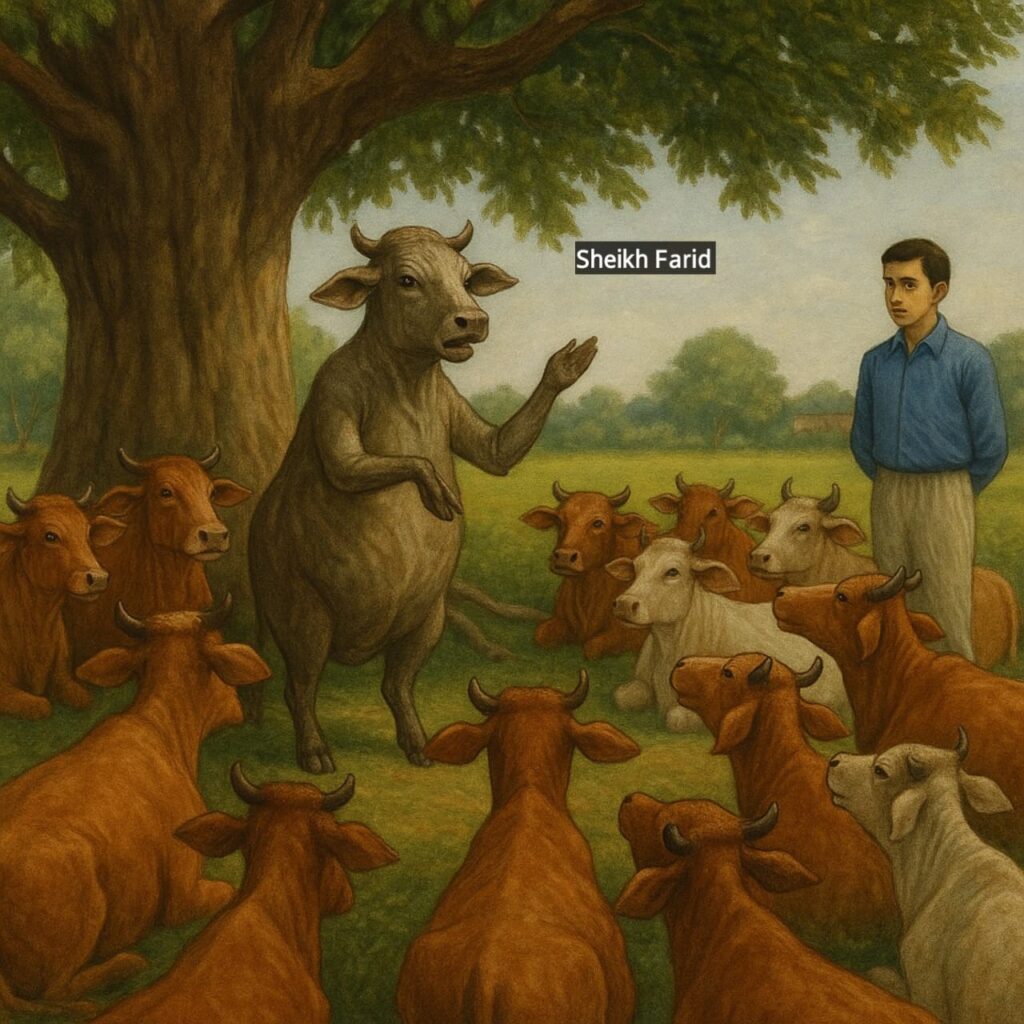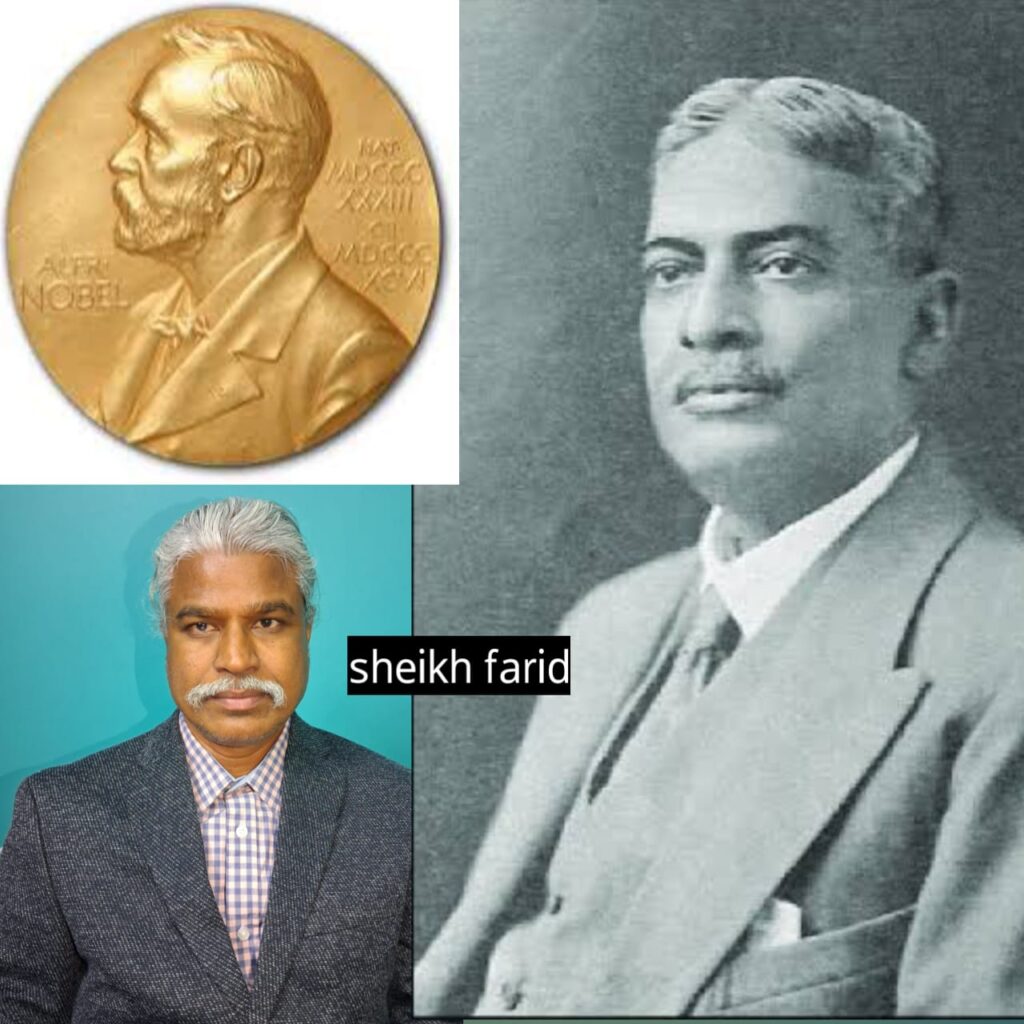The Maya civilization stands as one of the most advanced and fascinating civilizations of the ancient world. Flourishing in Mesoamerica for over two thousand years, the Maya developed a complex society rich in art, architecture, astronomy, and mathematics. Their contributions to human knowledge continue to inspire scholars and historians even today.
Origins and Expansion
The Maya civilization emerged around 2000 BCE in what is now southeastern Mexico, Guatemala, Belize, Honduras, and El Salvador. Early Maya communities were primarily agricultural, cultivating maize, beans, squash, and chili peppers. Over time, they developed sophisticated city-states, each ruled by a king and a noble class. These city-states—such as Tikal, Palenque, Copán, and Chichén Itzá—became centers of trade, culture, and political power.
Society and Governance
Maya society was hierarchical, with kings and priests at the top, followed by warriors, merchants, artisans, and farmers. Religion played a central role in governance, as rulers were often considered divine or intermediaries between humans and gods. The Maya followed a complex pantheon of gods, each associated with natural elements like the sun, rain, and maize.
The Maya political system was not a unified empire like the Aztecs or Incas but rather a collection of independent city-states. These city-states frequently engaged in warfare, alliances, and diplomatic relations, shaping the political landscape of the region.
Achievements in Science and Culture
One of the most astonishing aspects of the Maya civilization was their knowledge of astronomy and mathematics. The Maya developed an advanced calendar system based on celestial observations. Their Long Count calendar, which famously predicted the end of a cycle in 2012, remains a subject of fascination. They also used a vigesimal (base-20) number system and were among the first civilizations to develop the concept of zero.
Maya art and architecture were equally remarkable. They built grand pyramids, temples, and palaces adorned with intricate carvings and murals depicting myths, rituals, and historical events. The city of Chichén Itzá, with its Temple of Kukulcán (El Castillo), showcases their architectural genius and astronomical precision.
Maya Writing System
The Maya developed one of the most sophisticated writing systems of the ancient world. Their script, known as hieroglyphic writing, consisted of hundreds of symbols representing words or syllables. This system allowed them to record historical events, royal genealogies, and religious texts on stone monuments, pottery, and codices (folding books made of bark paper). Many of these writings were destroyed during the Spanish conquest, but some codices, such as the Dresden Codex, have survived and provide valuable insights into Maya knowledge.
Mysterious Decline
Despite their advancements, the Maya civilization began to decline around the 9th century CE. Many major cities were abandoned, and population levels dropped significantly. Historians suggest that a combination of factors—including prolonged droughts, resource depletion, warfare, and political instability—led to their downfall. However, the Maya people did not disappear; their descendants still live in Mexico and Central America, preserving their traditions and cultural identity.
Legacy of the Maya
The influence of the Maya civilization endures in many ways. Their contributions to mathematics, astronomy, agriculture, and writing have shaped modern knowledge. Archaeologists continue to uncover new sites and artifacts, deepening our understanding of their achievements.
Today, the Maya legacy lives on through the millions of people who speak Mayan languages and practice ancient traditions. Their art, architecture, and scientific knowledge remain a testament to the brilliance of this remarkable civilization.
The story of the Maya is one of triumph, mystery, and resilience—an extraordinary chapter in the history of human civilization.











